Miele dishwasher errors
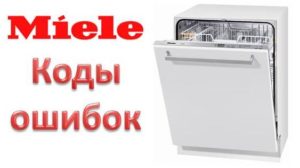 The Miele company produces some of the best dishwashers not only in Germany, but throughout the world. For residents of Russia and the CIS countries, this equipment is not so accessible, however, it can be found in homes quite often, especially among residents of Moscow and St. Petersburg. Miele dishwashers rarely give errors simply because this equipment rarely breaks down. However, Miele’s self-diagnosis system is the most advanced, and we, of course, could not ignore it.
The Miele company produces some of the best dishwashers not only in Germany, but throughout the world. For residents of Russia and the CIS countries, this equipment is not so accessible, however, it can be found in homes quite often, especially among residents of Moscow and St. Petersburg. Miele dishwashers rarely give errors simply because this equipment rarely breaks down. However, Miele’s self-diagnosis system is the most advanced, and we, of course, could not ignore it.
Diagnostic features of this technique
By studying the fault codes of Miele dishwashers, technicians from certified service centers simultaneously understand a bunch of nuances associated with identifying breakdowns using these codes. You can fully understand what we are talking about only by having some experience in eliminating defects in these machines, but we will try to briefly explain what we mean using a specific example.
We will take error F01 as an example. It not only indicates a breakdown of the temperature sensor, as the transcript from the professional instructions states. This code may appear:
- if the supply wiring of the temperature sensor is broken;
- when the contacts connecting the wiring to the temperature sensor and the control module are oxidized;
Miele dishwashers use high-quality wiring and reliable contacts, but they are also subject to various negative influences, especially after a long period of time.
- if there is a physical breakdown of the control board (semiconductor elements or tracks burnt out);
- if problems arise with the firmware of the control module.
All these defects can accompany each error code, so they always need to be supplemented with the list of defects that the standard decoding offers us. You also need to take into account that the machine can issue not one, but two codes at a certain interval. Then you need to carefully study the decoding and understand how these codes are interconnected. Only in this case will it be possible to recognize the defect relatively quickly.
Description of codes F01 to F40
The self-diagnosis system of the Miele dishwasher contains 32 error codes in its database. This is a very detailed system that can respond to even minor problems. Let's try to describe it and at the same time talk about the faults to which these codes react.
F01. We have already mentioned this code in the first paragraph. It means the temperature sensor is defective. This code is displayed accompanied by a sound signal that lasts for 2 minutes. What to do? First, reload the dishwasher by turning off the power completely for 15 minutes. If the machine generates an error again, disconnect it from communications, remove the side wall and check the temperature sensor with an ohmmeter. The working part should produce 15 kOhm. If it is faulty, replace it.
F02. This error more specifically indicates a loss of communication between the temperature sensor and the control module, in other words, a broken wire. But failure of the sensor itself cannot be ruled out. In this case, we disassemble the machine in the same way, but first of all we check not the temperature sensor, but its wiring. If one of the wires is broken, it must be replaced.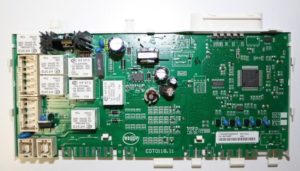
F11. Indicates that the Miele dishwasher cannot drain waste water into the drain. The display may additionally display the message Drain fault.There are 4 most likely reasons:
- a blockage has formed in the siphon, drain hose, pump or pipe;
- a blockage has formed in the garbage filter;
- the pump has failed;
- The heater relay, which determines the pressure in the system, has burned out.
First of all, you need to check the garbage filter, then the siphon fitting, the siphon itself and the drain hose. The blockage may even end up in the sewer pipe, in which case you will need to call plumbers, not dishwasher repair specialists. Through the side of the housing we gain access to the pump and check it for blockages or malfunctions. Lastly, we test the heater relay and change it if necessary.
F12. This error eloquently tells us that there are problems with the flow of water into the Miele dishwasher. The code may be accompanied by the words Water intake fault. To get to the bottom of the reasons for this error, you must first check whether the cold water in the house has been turned off. If there is water in the water supply, but it flows in a slow trickle, this can also cause code F12. Is everything ok with the water supply? This means you need to remove and check the water flow sensor. You need to remove the hose and blow out its tube, check the resistance, check the wiring. Next you need to check the intake valve; if it is faulty, you need to change the part.
F13. This error is similar to the previous one, but it is more indicative of problems with the pressure switch. Other reasons why water does not flow into the machine can be considered additional, but they should not be discounted either. We proceed in exactly the same way as in the case of error F12, only we additionally check the intake valve filter for blockages.
F14. This code indicates a problem with the heating element pressure switch.If such an error occurs, you must first check the pressure switch with a multimeter, test its wiring, then check the flow meter and finally check the circulation pump. If one of these parts is faulty, it must be replaced.
F15. A rather unusual error that appears when hot water is supplied to the machine. This happens when, during unqualified installation of a dishwasher, the technician mixed up the inputs and supplied hot water to the machine instead of cold.
So, you can confuse the outputs if the goal was to connect the machine to hot water, but since the hot water hose was connected to the wrong output, the Miele machine generated error F15.
F18. The inlet valve is constantly open, and water gradually flows into the machine by gravity. At the same time, the drain pump tries to pump out excess water and works all the time. Most likely, the problem is a broken intake valve; it should be checked and replaced. In more rare cases, the fault of the control module is to blame; if so, you need to contact a specialist.
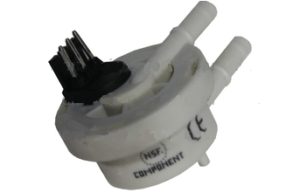 F19. This error tells us that the water flow sensor is faulty or blocked. Often this code appears when the sensor tube becomes clogged with debris and the problem can be solved by cleaning this tube. Maybe the sensor is simply burnt out and needs to be replaced. You need to remove it and check it with a multimeter, you also need to remember to test the wiring.
F19. This error tells us that the water flow sensor is faulty or blocked. Often this code appears when the sensor tube becomes clogged with debris and the problem can be solved by cleaning this tube. Maybe the sensor is simply burnt out and needs to be replaced. You need to remove it and check it with a multimeter, you also need to remember to test the wiring.
F24. This specific code appears when problems occur with the heating element relay. It is usually caused by a short circuit in this part, which could occur when water or foam gets in. In more rare cases, the code appears if the relay contacts are simply heavily oxidized.The problem can be solved by cleaning the contacts or replacing the part.
F25. The error indicates that the water heating rate in the system is insufficient, or that it is impossible to reach the temperature that was set by the program. How to fix this shortcoming? You need to check the temperature sensor, heating element, as well as the control module bus. There could also be a serious firmware glitch. In more rare cases, the error is caused by an excessive amount of powder. Most often, replacement of the heating element or temperature sensor is required.
F26. This error “pops up” on the display of the Miele dishwasher in an emergency, when the heating element tries to bring the temperature of the water in the system to a boil. A special sensor prevents this from happening. The reason is a malfunction of the temperature sensor, which takes incorrect measurements and sends incorrect information to the control module. The problem is solved by replacing the temperature sensor.
F32, F33. These codes indicate problems with the Miele dishwasher door locking device. These codes can be seen when the door either cannot be opened or, conversely, cannot be closed. To eliminate the door defect, the locking device is removed. Sometimes it can be fixed simply by cleaning or replacing the spring, but more often it requires replacement.
F36. This error indicates a problem with the door switch. This element should be checked with a multimeter and, if necessary, replaced.
F40. A rather terrible mistake in its consequences. It indicates very serious physical damage to the control board. In more rare cases, this failure can be eliminated by replacing the firmware, but more often it is necessary to change the entire control board. Both should be entrusted to the master.
Description of codes F42 to F91
F42, F47.Such errors appear when problems occur with the electrical network. Sensitive sensors in the Miele dishwasher detect fluctuations and stop the machine, issuing codes F42, F47. In this case, you need to turn off the machine and wait until the power grid restores normal operation. If failures occur frequently, you need to connect the Mile machine to the network via dishwasher stabilizer. It will protect expensive equipment from breakdowns associated with power surges.
F51. With such an error, the control module stops receiving correct signals from the temperature sensor. The module stops washing dishes and starts the pump, which begins pumping out water. The solution to the problem is seen in checking and replacing the temperature sensor, checking its wiring, and checking the control board bus.
F52, F69. These specific errors can appear when, due to a decrease in water pressure in the system, the pressure switch turns off the heater. The control module stops the operation of the machine. What could have happened?
- There is a blockage near the circulation pump, so it does not work well and cannot create the required pressure.
- The dishes are placed incorrectly in the baskets (not sideways, but flat). Water is drawn into plates and pans without returning to the system, the pressure drops and an error appears.
Modern dishwashers use little water to wash dishes. Even if a liter of water remains in the container and does not flow down into the system, this can lead to a drop in pressure. Place items correctly.
- The user added too much powder, which enriched the cleaning mixture, formed foam and interfered with pressure detection.
- The pressure switch has failed.
The user must check how the dishes are placed in the baskets and reduce the dosage of powder.If this does not help, you need to open the housing, check and replace the relay, and also check the circulation pump and circulation block for blockages.
F53. This code indicates an error in the sensor, which determines the speed of program execution. The problem can only be solved by replacing the sensor and its power supply.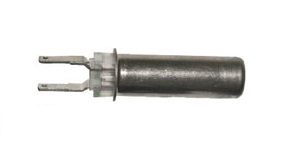
F63. This code is rare, but still appears when the gate lock on the door lock of the Miele dishwasher needs to be repaired. Solution: replace the lock, and if the components are missing, replace the entire lock.
F67. This code notifies the user that the circulation pump is operating at high or even maximum speed. Perhaps the circulation pump is broken, the connection between it and the control module is broken, or the control board bus is burned out. The circulation pump and power wiring need to be replaced, or the control board needs to be repaired.
F68. This error appears on the Miele dishwasher screen when the circulation pump stops responding to commands from the control module to shut down. At the same time, the pump continues to work as if nothing had happened. Solution: check the circulation pump and its wiring, change the part if necessary.
F70. This code indicates that the system protecting the machine from water leaks has activated. The leakage sensors of modern Miele dishwashers are protected from sticking, so when code F70 appears, you must assume that there is water in the pan. What needs to be done?
- Turn off the machine completely and turn off the water.
- Pull the machine out into the middle of the room.
- Lay down rags and drain the water from the pan, tilting the body on the right side.
- Remove the right and left walls of the housing and look for leaks.
- Eliminate the leak, lower the sensor float, assemble and check the machine.
F84, F85.These errors indicate that the door locking device is not working properly or is defective. The part does not respond to commands from the control module or executes them incorrectly. First of all, you need to look at the wiring, then the part itself, and then you can test the firmware of the control board.
F86. The code indicates that the user did not close the lid of the salt tank properly, or forgot to close it altogether. Tightly screw the lid of the reservoir located at the bottom of the washing chamber of the Miele machine, and the error will disappear.
The sensor on the lid of the salt tank may break, then you can simply replace the lid.
F87. This code can be seen when problems occur with the ion exchanger of the machine. Perhaps there is no signal coming from it because the sensor itself has failed, or perhaps the ion exchanger has begun to perform its function poorly due to the fact that the user did not add salt to the machine in time. To remove the error, you need to look at the ion exchanger; it will probably have to be changed.
F88. The sensor detecting water contamination made itself felt. Most likely, the sensor is simply very clogged and requires cleaning. The connection between the control module and the turbidity sensor may also be disrupted, or the sensor may simply burn out. We check the sensor itself, its wiring with a multimeter, and also clean it with a cloth if it is dirty. It may also be necessary to replace the sensor conductive pipe.
F91. This error indicates a breakdown of the sensor that determines the amount of dishes in the baskets of the Miele dishwasher. In some cases, the error does not stop the machine from working and after a short pause, the program starts safely. If you want this function to work correctly on your machine, you need to replace the load sensor.
So, the control board of the Miele dishwasher contains a large number of self-diagnosis system codes in its memory. If you decipher them correctly, and even be able to use them, you can detect a defect in a matter of minutes. Masters do this, but beginners can also master these skills. The main thing is to study the material properly. Good luck!
Interesting:
Reader comments
- Share your opinion - leave a comment

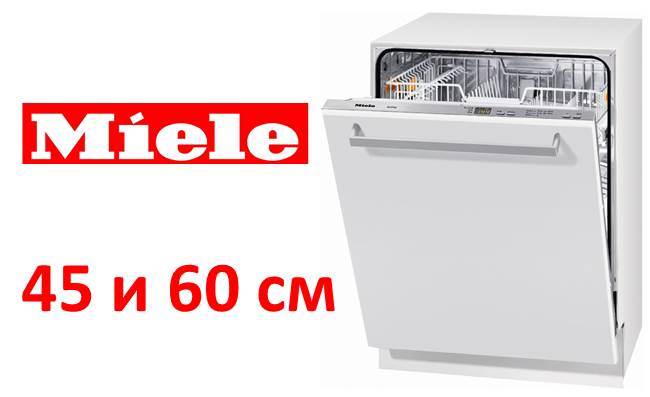


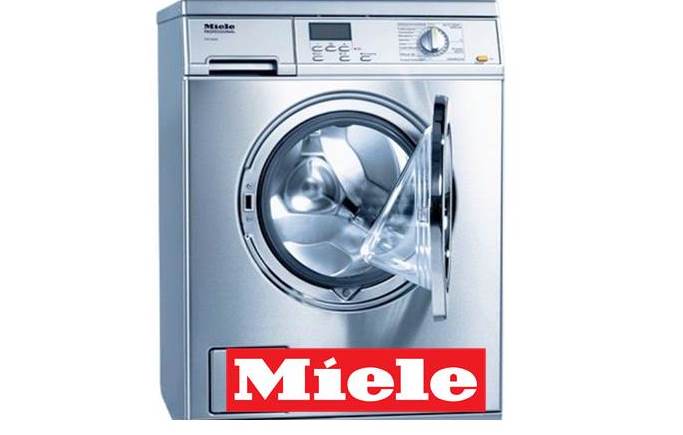
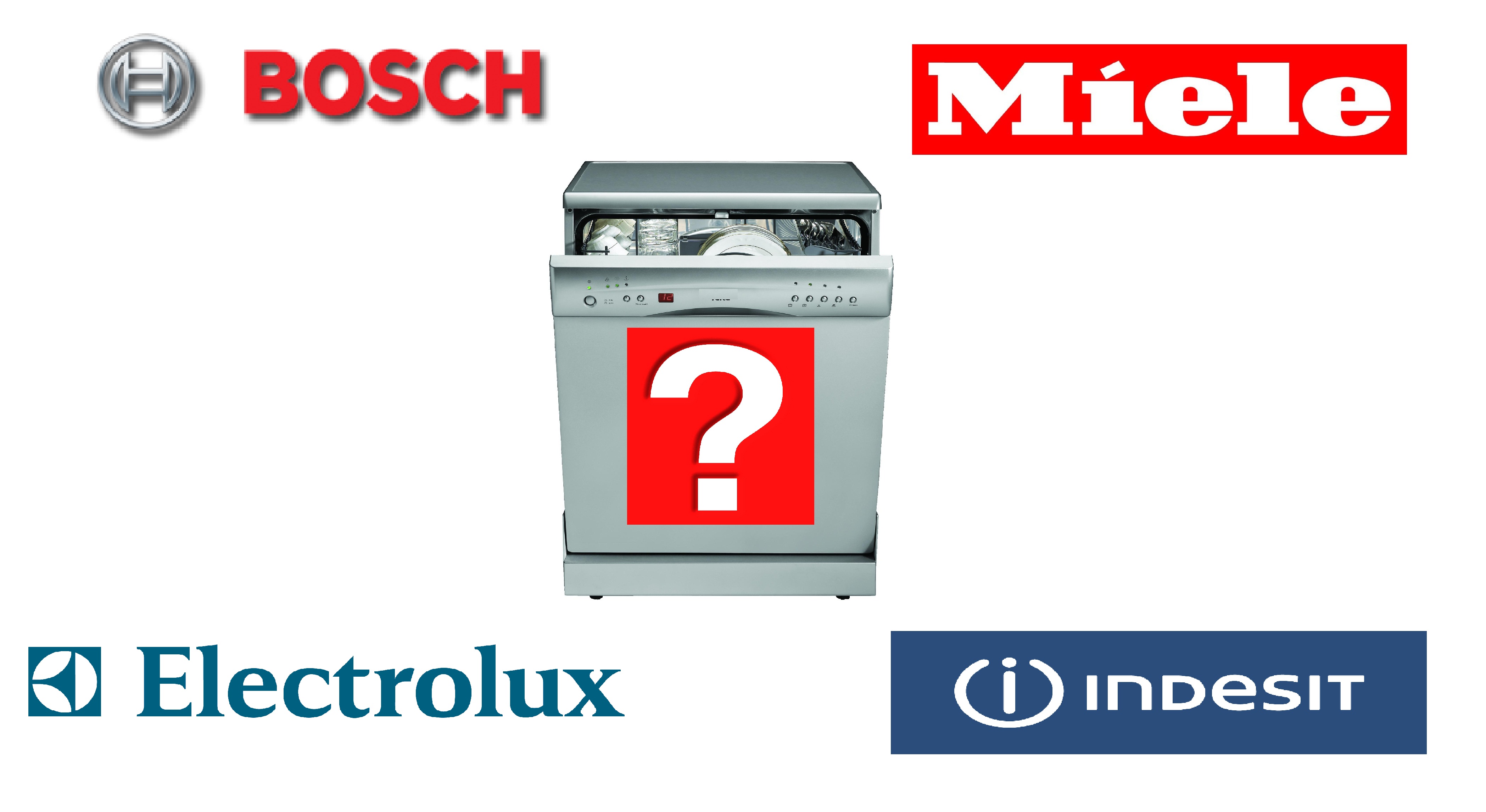















Add a comment